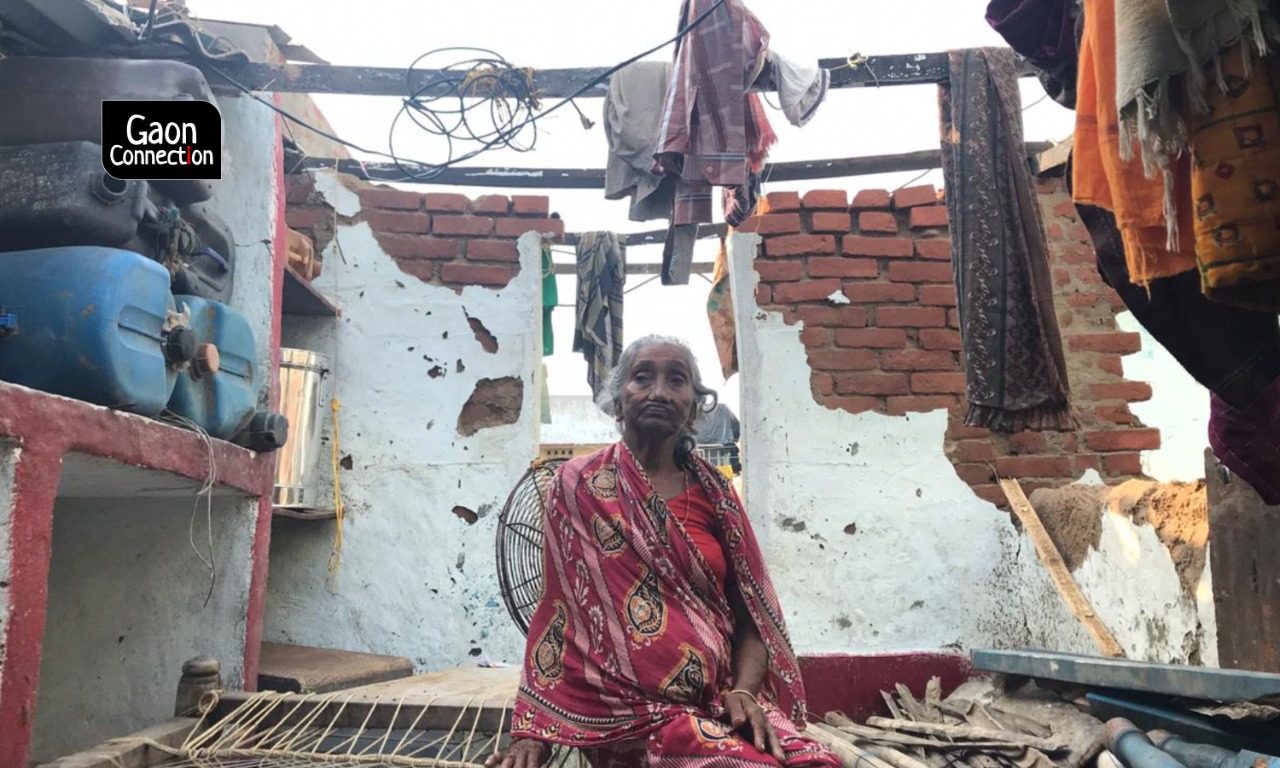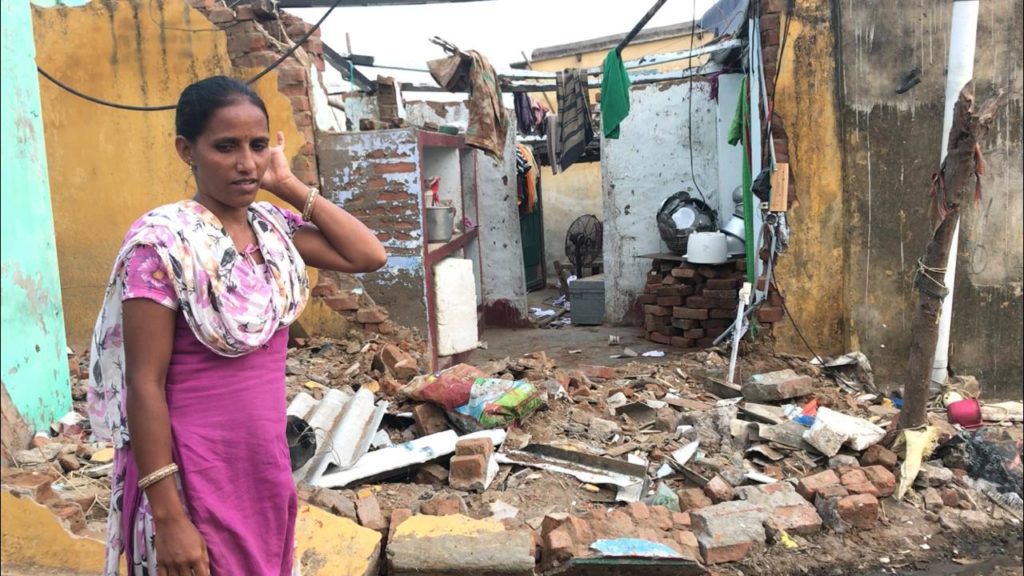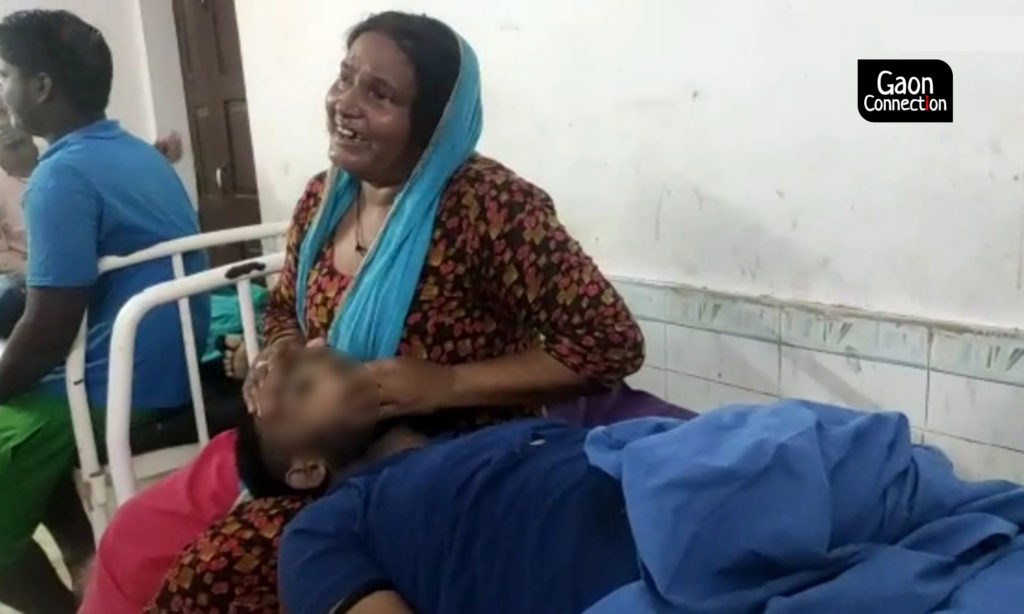More than four people died every day in India in 2020 due to extreme weather events: IMD report
Cyclone, heavy rainfall, flood, thunderstorms and lightning, cold wave — the India Meteorological Department documents loss of at least 1,680 lives in the country last year due to high impact weather events. Also, 12 out of 15 warmest years in India were between 2006 and 2020.


At least 1,680 lives were lost in India last year due to high impact weather events. Pic: Nidhi Jamwal
The India Meteorological Department’s (IMD) ‘Statement on Climate of India during 2020’, issued yesterday on January 4, documents the various extreme weather events in the country in 2020 and the resultant loss of lives.
Apart from five cyclones formed over the North Indian Ocean, the various states in India also experienced heavy rainfall and floods, thunderstorms and lightning, cold wave and other high impact weather events. All of these resulted in a death toll of at least 1,680 people, as mentioned in the IMD’s recent report.
This comes to more than four people dying every day in the country due to extreme weather incidents.
The IMD statement also mentions that “the 2020 annual mean land surface air temperature for the country was +0.29 degree C above the 1981-2010 period average, thus making the year 2020 as the eighth warmest year on record since 1901.” Except the pre-monsoon season, the country’s average seasonal mean temperature was above the average during the rest of last year.
The meteorological department goes on to note that 12 out of 15 warmest years in India were during the recent fifteen years (2006-2020). Also, the past decade (2001-2010/ 2011-2020) was the warmest decade on record with anomalies of 0.23 degree C/0.34 degree C.

During 2020, five cyclones formed over the North Indian Ocean. These include the Super Cyclonic Storm Amphan, Very Severe Cyclonic Storm Nivar and Gati, Severe Cyclonic Storm Nisarga and the Cyclonic Storm Burevi. Of these five, two (Nisarga and Gati) were formed over the Arabian Sea, while the rest formed over the Bay of Bengal. All these cyclones caused large scale loss of infrastructure and human lives.
As per the IMD document, Amphan claimed 90 lives, Nisarga killed four people, Nivar took 12 lives and Burevi killed another nine. Thus, at least 115 people died in India in 2020 due to cyclonic storms alone.
Apart from cyclones, other extreme weather events such as thunderstorms and lightning, floods also affected a large number of states. As per the met department, at least 815 people died last year due to lightning strikes in the country. “Among these, 280 from Bihar, 220 from Uttar Pradesh, 122 from Jharkhand, 72 from Madhya Pradesh, 23 from Maharashtra and 20 from Andhra Pradesh were significant,” reads the IMD report.
Last year, Gaon Connection had reported how within a matter of three weeks, 154 people died in Bihar, Jharkhand and Uttar Pradesh due to lighting strikes.

In the southwest monsoon season (June to September) last year, the country received above normal rainfall of 109 per cent of the long period average of 88 cms. This triggered massive floods. The IMD report has listed 600 deaths due to floods and heavy rainfall during the pre-monsoon, monsoon and post-monsoon seasons. Of these, 129 died in Assam, 72 in Kerala, 61 in from Telangana, 54 in Bihar, 50 in Maharashtra, 48 in Uttar Pradesh and another 38 in Himachal Pradesh.
At present a large part of the north India is facing a severe cold wave. Last January’s cold wave killed at least 150 people with 88 deaths reported in Uttar Pradesh alone, 45 in Bihar on single day on January 1, 2020, and 16 deaths in Jharkhand, says IMD.
A similar trend of extreme weather events was recorded in the year 2019 and M Rajeevan, secretary of the Union ministry of earth sciences had told Gaon Connection in an interview: “Definitely, 2019 was an exceptionally different year in terms of large-scale anomalies in heavy rainfall events, heat wave and flash floods in several cities like Mumbai and Pune.”
“Frequency of extreme weather events is increasing ever year and this year [2019] we have experienced more such events. It is part of the global warming scenario and such events are likely to increase,” he went on to add.
In his recent opinion piece in Gaon Connection, Sridhar Balasubramanian, an associate professor of mechanical engineering and an adjunct faculty member at IDP Climate Studies at the Indian Institute of Technology Bombay wrote: “Super-cyclone (Amphan) in the Bay of Bengal, rare cyclone (Nisarga) hitting Maharashtra coast at the start of the monsoon season, back to back cyclones (Nivar and Burevi) in Tamil Nadu during the Northeast monsoon season, super typhoon (Rolly) ripping through Philippines, record-breaking Atlantic hurricane season (30 hurricanes), strongest cyclone (Gati) hitting Somalia – are glimpses of ferocious weather that brand pandemic-hit 2020 as a year to be forgotten.”
Recently, Gaon Connection released first report of its kind on ‘The State of Rural India: Report 2020‘, which, among many other things, documents the various extreme weather events in the rural parts of India last year. The report is available for download at www.ruraldata.in
https://insights.gaonconnection.com/wp-content/uploads/2020/12/The-State-of-Rural-India-2020_Compressed.pdf

